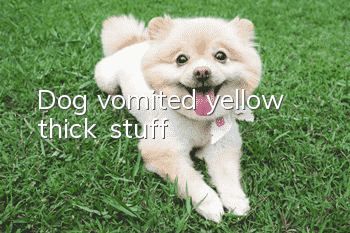Are Italian Pointing Dogs easy to raise and what are their personalities like?

Chinese name: Italian Pointing Hound
Foreign name: Bracco Italiano
Alias: Italian Pointer, Black Italiano
Origin: 18th century
Purpose: single hunting dog
Personality: Loyal, sensitive
1. Appearance characteristics of Italian Pointing Dog
The Italian Pointer is an agility hound with a square body. It is one of the oldest surviving breeds. The obvious characteristics of its appearance can be seen as originating from ancient hounds. The muzzle is distinctive. Judging from the side profile, it is almost square until the point of protrusion. It has dense short hair and is more delicate on the head, neck and lower part. The body shape is similar to other pointing dogs.
2. Characteristics of Italian Pointing Dogs
The Italian Pointer is an intelligent, docile dog that walks slowly, similar to the dogs used before the bird shooting era. In Europe, at least 3 centuries ago, almost every country had its own breed of pointing dogs. The development of each variety is based on local climate, needs and changes in the times.
3. How to raise Italian Pointing Dogs
When raising Italian Pointers, you should pay more attention to brushing. First, use a brush to comb along the bottom of the ears to make the hair softer, wider and more beautiful. Then comb the front and lower parts of the front toes, as well as the hair on the trailing edge. Finally, start from the shoulders and comb from top to bottom to the bottom of the body. The hair below the joints of the hind limbs can also be combed appropriately to prevent it from sticking. The hair between the fingers and toes can be trimmed appropriately so that it will not be a burden when walking. The tail hair should be combed from the root of the tail down to the tip of the tail to remove dirt on the hair.
Guess you like it
Miniature Pinscher | Central Asian Shepherd | Husky | Shetland Sheepdog | Kerry Blue Terrier | Chinese Crested Dog | American Foxhound
Manchester Terrier | Whippet | Old English Sheepdog | Husky, Alaska | Labrador, Golden Retriever | Greyhound
Labrador Retriever | Keeshond | Jack Russell Terrier | Scottish Terrier | Short-legged Long-bodied Terrier | Hungarian Shepherd Dog
Bullmastiff | Pharaoh Hound | Bloodhound | Basset Hound | Border Collie | French Bulldog | Husky
- How to get rid of mites on dogs?
- How to train a dog to be obedient? Dog training tips!
- Why does my Pomeranian keep barking at night?
- Dog has loss of appetite but is very active
- Dog gastritis symptoms and treatments
- Everything you need to know about raising a pet: Top 10 causes of pet death
- What is patellar luxation in dogs? How should it be treated?
- The dog’s hind legs keep kicking uncontrollably
- What’s wrong with low platelets in dogs?
- How soon should a dog be vaccinated?



